Zygomatic Dental Implants

Anna Roth
Medical Content Writer

Dr. Guzin
Medical Reviewer
Zygomatic dental implants are an innovative solution for tooth replacement, specifically designed for individuals with significant bone loss in the upper jaw’s cheekbone area. These implants are anchored into the zygomatic bone—situated in the cheek region—making them longer and capable of providing enhanced support compared to traditional dental implants. This characteristic makes them exceptionally suited for individuals who have experienced extensive bone loss in the upper jaw’s cheekbone, presenting a stable base for the attachment of prosthetic teeth.
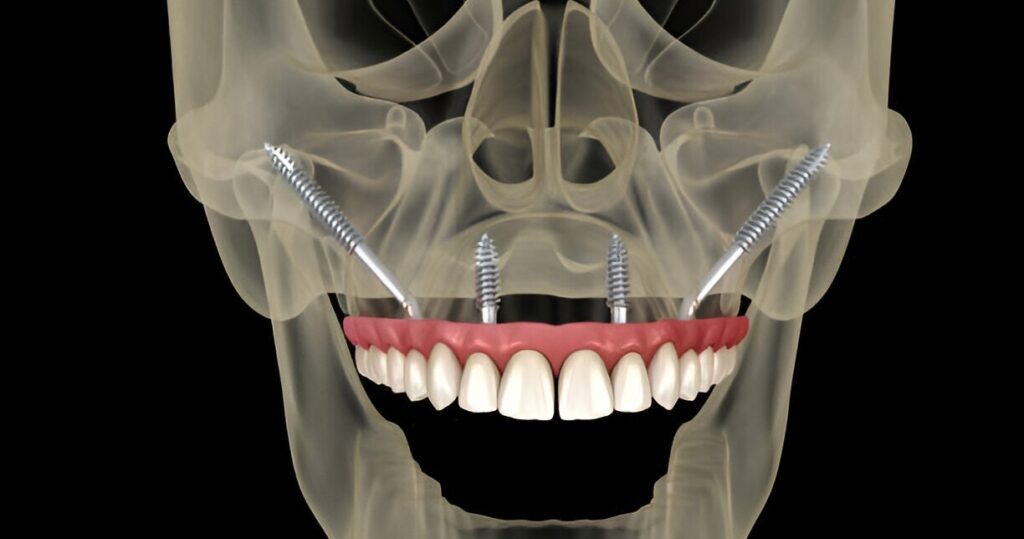
The Process of Zygomatic Implant Placement
Zygomatic implants stand out due to their unique placement compared to standard dental implants, which can be inserted in various locations within both the upper and lower jaws. The following outlines the procedure for zygomatic dental implant placement:
Initial Consultation
The journey begins with a consultation session with an oral and maxillofacial surgeon or a dentist with a specialization in implant dentistry. This initial consultation involves an assessment of your oral health to determine if zygomatic implants are the right option for you.
Treatment Planning
Should zygomatic implants be deemed appropriate for your situation, the dentist will employ sophisticated dental implant technology, including CT scans, to devise a customized treatment strategy. This plan aims to identify the most advantageous implant placement and to guarantee that the prosthetic teeth will align correctly.
Anesthesia
The patient will be administered local anesthesia or IV sedation prior to the commencement of the procedure, ensuring the area is numb and the process is as comfortable as possible.
Making Incisions
To insert the implants, the surgeon will make precise incisions in the gum tissue to expose the zygomatic bone. The implants are then positioned directly into the bone, offering a robust foundation for the prosthetic teeth.
Attaching Abutments
Following the secure placement of the implants, abutments are affixed to the implants’ tops. These abutments act as the intermediary between the implants and the prosthetic teeth, facilitating their connection.
Healing Phase
Post-surgery, a healing period is necessary for the implants to integrate with the bone. This integration, which typically spans several months, demands diligent oral hygiene practices and routine dental visits to monitor progress.
Fitting Prosthetic Teeth
After the healing phase concludes and the implants are fully integrated, the dentist will proceed to attach the prosthetic teeth, such as dental bridges or dentures. These prosthetics are tailored to match the patient’s oral cavity, offering a solution that not only looks natural but also restores function.

Pros and Cons of Zygomatic Implants
Pros:
1. Eliminates the Need for Bone Grafting: One of the primary advantages of zygomatic implants is their ability to bypass the need for bone grafting. Traditional implants often require additional procedures to build up the jawbone, which can extend treatment time and increase costs. Zygomatic implants, however, utilize the existing bone structure of the cheekbone, allowing for immediate implant placement and significantly reducing the overall treatment timeline.
2. Immediate Functionality: Patients receiving zygomatic implants can often benefit from immediate loading of the prosthetic teeth. This means that the dental prostheses can be placed shortly after the implant surgery, offering patients the ability to chew and speak comfortably much sooner than with conventional implant procedures.
3. High Success Rate: Zygomatic implants have demonstrated high success rates in clinical studies, with some reports indicating over a 95% success rate. This high level of reliability is attributed to the strong anchorage provided by the zygomatic bone, which supports the implant and prosthetic teeth under the forces of chewing and speaking.
4. Improved Quality of Life: By providing a stable and durable solution for tooth replacement, zygomatic implants significantly improve patients’ quality of life. They restore functionality and aesthetics, allowing individuals to enjoy a wide range of foods, speak with confidence, and smile without self-consciousness.
Cons:
1. Surgical Complexity: The placement of zygomatic implants is more technically demanding than traditional dental implants. It requires specialized training and expertise, as the procedure involves navigating around critical structures such as the sinus cavity and facial nerves. This complexity underscores the importance of selecting a highly skilled and experienced dental surgeon.
2. Potential for Sinus Complications: Given the proximity of the zygomatic implants to the sinus cavity, there is a risk of sinusitis or other sinus-related issues. However, with proper surgical technique and postoperative care, these risks can be minimized.
3. Initial Cost: The initial cost of zygomatic implants can be higher than traditional implant treatments, largely due to the complexity of the procedure and the specialized materials used. However, when considering the long-term benefits and theelimination of additional procedures like bone grafting, zygomatic implants can be a cost-effective solution for many patients.
4. Limited Availability: Not all dental clinics offer zygomatic implants due to the specialized training required to perform the procedure. This can limit access for some patients, particularly those in regions without a qualified provider.

Types of Zygomatic Implants
Classic Zygomatic Implants
The classic, or regular, zygomatic implant technique is the conventional approach. It involves inserting the implant through the upper jaw (maxilla) and anchoring it into the zygoma (cheekbone). This technique positions the implant to emerge in the oral cavity near the second premolar or first molar. It’s typically recommended for patients who still retain a moderate level of bone in the posterior section of their upper jaw.
Extra-Maxillary Zygomatic Implants
The extra-maxillary, also known as “exteriorized,” approach represents a newer technique designed for cases where there’s minimal to no bone left in the posterior maxilla. Unlike the classic method, this technique involves positioning the implants outside the maxillary sinus, aiming to avoid or minimally disturb the sinus membrane, with the implants entering near the first or second molar area.
In certain situations, dental surgeons may opt for a hybrid approach, combining both classic and extra-maxillary techniques. This decision is typically based on the patient’s unique bone structure and anatomical needs, determined through an in-depth pre-operative evaluation and planning process by experienced dental professionals.
Patient Experiences
Patient testimonials highlight the transformative impact of zygomatic implants on individuals’ lives. Stories abound of patients who, after years of dealing with dentures or incomplete smiles due to severe bone loss, find a renewed sense of confidence and well-being. The immediacy with which patients can return to normal eating and socializing post-procedure is often cited as a key benefit.
Zygomatic Implant Costs
Due to their specialized nature and the advanced surgical skills needed for their placement, zygomatic implants come with a higher price tag.
Zygomatic implants in Mexico are much more affordable than clinics in the US and Canada, averaging 63% less through HebeDoc.
For instance, the price for dental implants in the US is almost USD $4,000, with prices in Mexico for the same course of treatment between USD $900 and $1,500.
Generally, dental insurance plans do not cover the cost of zygomatic dental implants, though some policies might offer partial reimbursement. Therefore, verifying coverage with your insurance provider is advisable before proceeding with the surgery.
Despite the higher initial outlay, the long-term advantages of zygomatic implants should be considered. They provide a durable solution for those with extensive bone loss, avoiding the need for additional, costly procedures like bone grafts or sinus lifts, thereby offering a reliable dental restoration base for years to come.
How Much Can I Save?
Savings up to 75% may be found with HebeDoc approved dentists in Mexico. The same $33,469 all-on-4, Nobel Biocare arch installed in the US may be had for $8,000 – $12,000 with one of our HebeDoc approved dentists in Mexico. That’s right. It’s the same high-quality dental prosthetic, installed by a dental specialist.

Benefits Beyond Tooth Replacement
The deterioration of jawbone can lead to a sunken facial appearance. Zygomatic implants not only enhance jaw structure but also improve facial aesthetics, avoiding the collapsed look. Moreover, the procedure sidesteps the need for more complex surgeries like bone grafting. Unlike the extended healing times and multiple stages associated with other treatments, zygomatic implant placement is a one-step process—implant installation followed by attaching a bridge of prosthetic teeth designed to look natural, potentially lasting a lifetime with proper care.
Zygomatic vs. Traditional Dental Implants
Zygomatic implants are tailored for replacing an entire upper arch of teeth and are both longer and more robust than standard implants. They are uniquely positioned at a 45-degree angle into the cheekbones, necessitating a specialist surgical approach typically executed by a maxillofacial surgeon.
Maintenance of Zygomatic Implants
Post-operative care involves rinsing with warm salt water or a prescribed mouthwash, especially after meals, to eliminate large food particles. Brushing should be done gently, whether the teeth are artificial or natural. It’s imperative to refrain from smoking for at least three weeks post-surgery to facilitate optimal healing.

Lifespan of Zygomatic Implants
Constructed from premium materials, zygomatic dental implants are designed to last a lifetime with appropriate care. Similar to traditional implants, their longevity may vary among patients based on oral hygiene practices and general health conditions.
Experiencing Discomfort with Zygomatic Implants
While dental procedures can often be associated with discomfort, zygomatic implants are known for their reduced pain levels. The surgical technique involves direct placement into the cheekbones, avoiding the more painful processes like grafting, thus minimizing post-operative discomfort and the need for pain medication.
Advantages of Opting for Dental Procedures in Mexico
Electing Mexico for dental procedures, including Zygomatic implants, presents numerous benefits that extend beyond mere tooth replacement:
Affordability
One of the most compelling reasons to seek dental care in Mexico is the significant cost reduction. Dental treatments in Mexico can be anywhere from 50% to 70% less expensive than in the United States or Canada, even when including the expenses for travel and accommodation. This price difference stems from several factors, such as the lower cost of living, reduced labor costs, and the lack of insurance-related price hikes, without compromising on the quality of care.
High-Quality Dental Services
The level of dental care in Mexico is on par with international standards, thanks in part to the many dentists and oral surgeons who have trained in the United States or Europe. Mexican dental clinics frequently utilize the same top-grade materials and brands found abroad and often hold accreditations from reputable international healthcare organizations, assuring patients of their commitment to excellence in dental care.
Convenience of Travel
For patients from the United States and Canada, Mexico’s geographic proximity is a significant advantage. Many Mexican cities are easily accessible by a short flight, and border towns are particularly accommodating to medical tourists, offering easy access for those preferring to travel by car.
Minimal Waiting Periods
Another benefit of undergoing dental treatment in Mexico is the reduction in wait times. Many clinics specialize in prompt services, allowing for the dental work and the recovery period to fit comfortably within the duration of a short vacation, eliminating the prolonged waiting periods often experienced elsewhere.
HebeDoc’s Role in Zygomatic Implant Success
HebeDoc, through its collaboration with partner clinics in Tijuana, Los Algodones, Cancun in Mexico, and Ankara in Turkey, plays a pivotal role in ensuring the success of zygomatic implant procedures. These clinics are selected for their adherence to the highest standards of safety, quality, and affordability, ensuring patients receive top-tier care. With a focus on dental tourism, HebeDoc offers patients access to advanced dental treatments like zygomatic implants at a fraction of the cost in their home countries, without compromising on quality.
Next Steps
For those considering zygomatic implants, taking the HebeDoc quiz is an excellent starting point. This personalized assessment helps determine your eligibility for dental tourism and connects you with expert care at HebeDoc’s partner clinics. By opting for a zygomatic implant procedure through HebeDoc, patients can enjoy the benefits of advanced dental solutions, supported by a network of highly qualified professionals dedicated to transforming smiles across the globe.
So what you waiting for?

Dr. Guzin
Ankara Turkey
Dr. Guzin Kırsaçlıoğlu graduated from Ankara Dental School in 1982 and opened her own practice. Dr.Kirsaçlioglu completed her Master’s in Cosmetic Dentistry at New York University in 2011 as well as annual continuing education courses on dental implants in France, Germany, Spain, and Israel. Today, Dr. Kirsaçlioglu is an internationally recognized, multidisciplinary dental professional running a dental practice with a staff of 18.
She is a member of the American Dental Association (ADA), the Turkish Dental Association (TDB), European Academy of Esthetic Dentistry (EAED), American Academy of Cosmetic Dentistry (AAD) and the European Association for Osseointegration (EAO).
She has authored numerous dental related articles covering the topics of both dental implants and dental aesthetics. When not treating patients, Dr Kirsaçlioglu volunteers in rural villages, teaching children about good oral health and preventative dental care.
Who Gets Dental Work Done through HebeDoc?
Patients in need of veneers, dentures, implants, root canals, tooth extraction, crowns,
choose HebeDoc to locate top ranking dentists abroad.
Your Teeth and HebeDoc
HebeDoc will assist you in finding the right – thoroughly vetted — dentists,
While you save you up to 75%!
The Right Dental Specialist at a Fraction of the Cost. HebeDoc works with only the top 5% of dentists, thoroughly vetted with quality and affordability in mind.
100% free, non-binding assessment.
Get Quote
The Dental Professionals
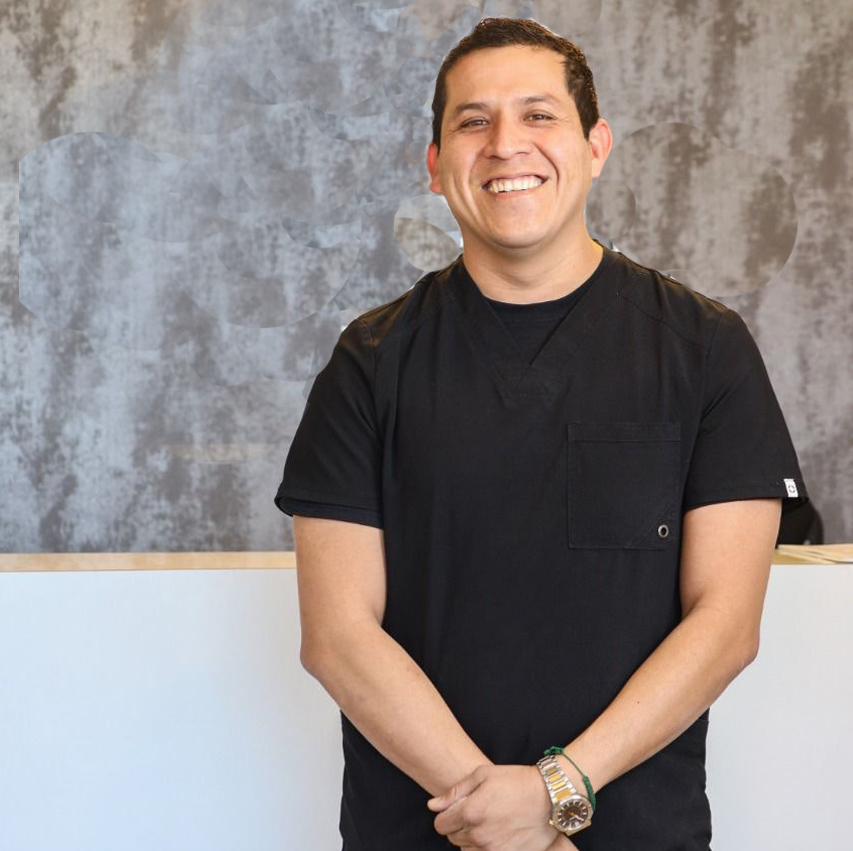
Dr. Corrales
-
Los Algodones, Mexico
(Yuma Arizona Border)
-
Tijuana, Mexico
(San Diego Border)
- Experience: 13+ years
- Language: English, Spanish

- Ankara, Turkey
- Experience: 31+ years
- Language: English,Turkish
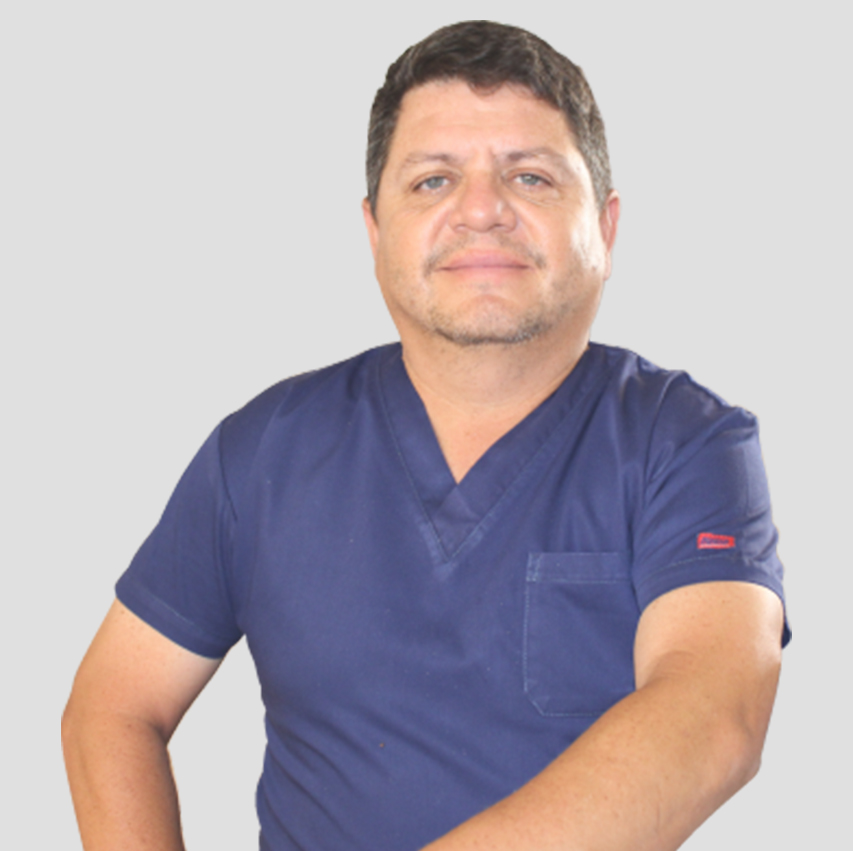
- Los Algodones, México (Yuma Arizona)
- Experience: 20+ years
- Language: English, Spanish
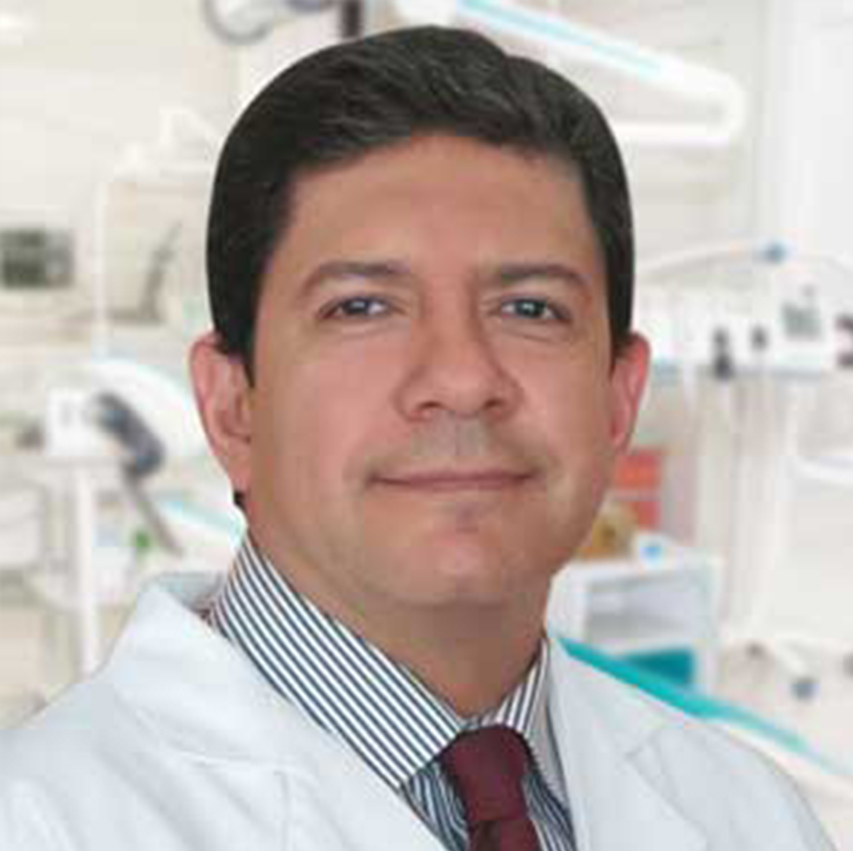
- Cancun, Mexico
- Experience: 36+ years
- Language: English, Spanish

- Ankara, Turkey
- Experience: 6+ years
- Language: English,Turkish
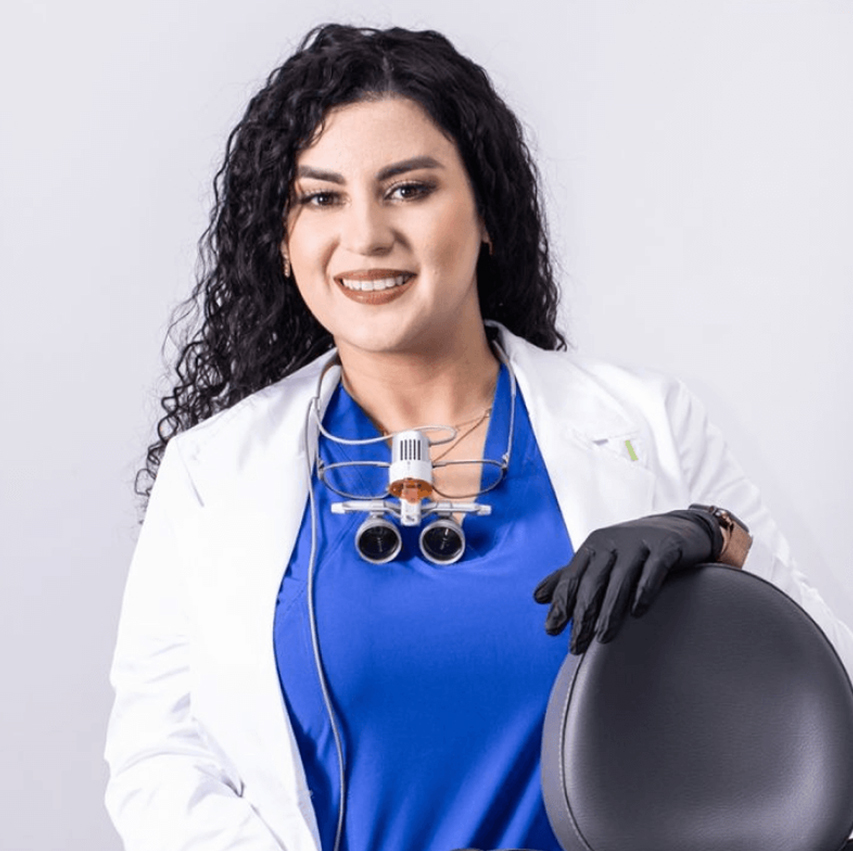
- Los Algodones, Mexico (Yuma Arizona Border)
- Experience: 11+ years
- Language: English, Spanish

- Ankara, Turkey
- Experience: 7+ years
- Language: English,Turkish
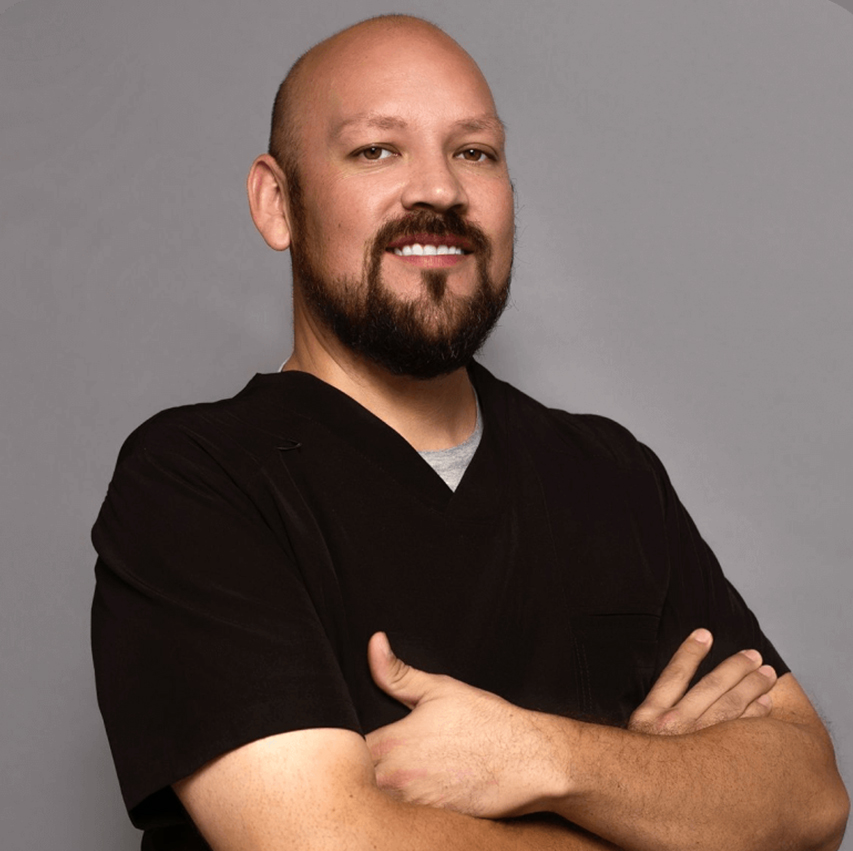
- Los Algodones, Mexico (Yuma Arizona Border)
- 4.9 (15 reviews)
- Experience: 15+ years
- Language: English, Spanish

- Ankara, Turkey
- Experience: 10+ years
- Language: English,Turkish
